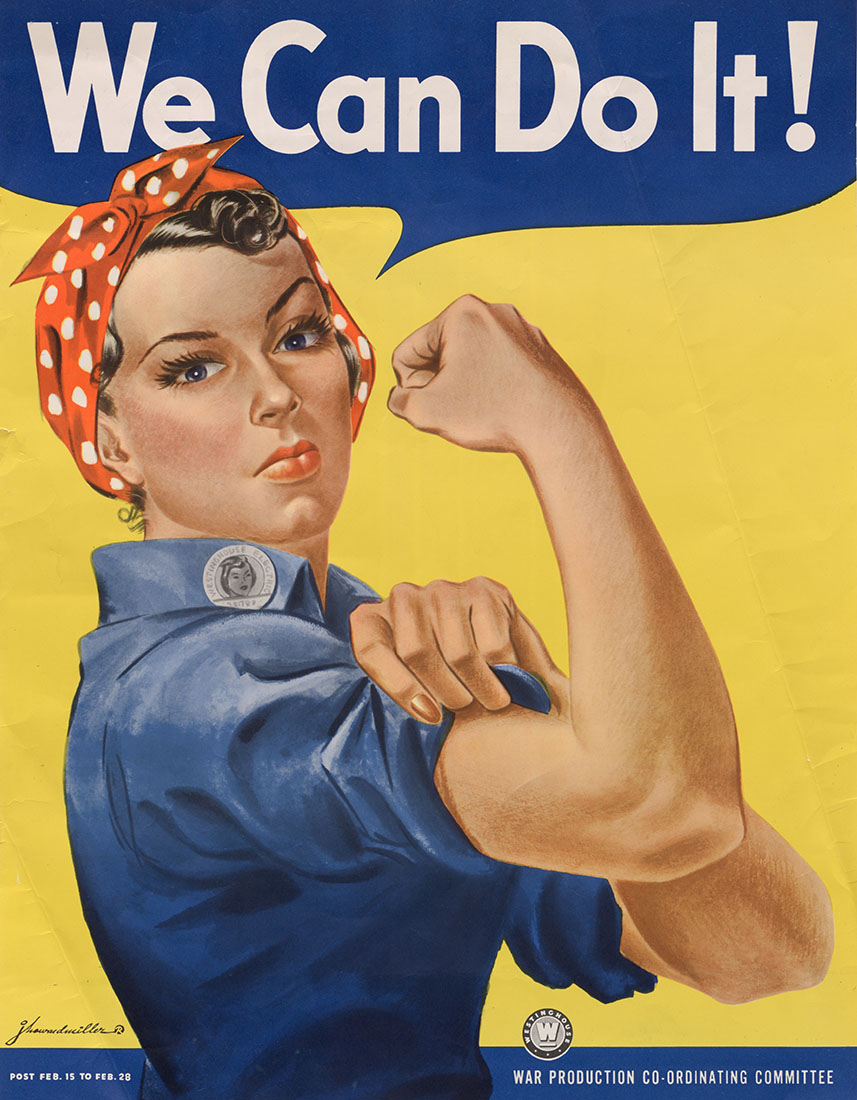The use of propaganda in modern societies is no new strategy.
In 1622, the Catholic Church started propagating foreign missions for the spreading of the Bible's teachings as interpreted by men of the clergy at that point. Since then, the world has taken the methods and developed them for non-religious purposes.
20th Century Propaganda
While at the time of the birth of propaganda, the information being spread was perceived as truth, the modern meaning has evolved to mean "the spreading of ideas, information, or rumor, often biased or misleading, used to promote or publicize a particular political cause, institution or point of view."
Modern journalism is just one vessel of spreading propaganda.
The Catholic Church's global position of importance of general life has decreased significantly overall. Meanwhile, the daily use and importance of journalism has risen.
During the 20th Century, multiple wars meant multiple propaganda waves. The United States of America, once renowned as the world's peacekeepers, was involved with the most wars.
Propaganda posters, like the one depicted on the left, is a lighter example. "Rosie the Riveter," also considered a cultural icon, united those on the battlefield and women in munition factories.
The 21st Century and War
Much of who are called Generation Z grew up in times of war or otherwise overseas conflict. A notable many were born during the wars in the Middle East, in which the U.S had military forces in Iraq, Afghanistan, Libya and Syria.
"Gen Z" has also witnessed conflicts evolve into new wars.
The two more-reported wars and conflicts were the 2021 Israel-Palestine crisis and the Ukrainian Crisis. The latter, also the more reported war, has been called the Russian Invasion of Ukraine or the Ukraine-Russia Conflict/War.
Most of the young world communicated through social media, primarily TikTok, to witness the Ukraine-Russia conflict evolve in both political accounts and personal accounts from both soldiers and victims of the war. You can view dated updates of the Ukraine-Russia War on CNN's Live Updates.
Modern forms of propaganda coming from active conflict or active war zones have evolved from posters like "Rosie the Riveter" to propagating written information and videos from both sides of the conflict, occasionally even drawing a third party to release a form of propaganda.Many current non-white or non-European conflicts' propaganda are often left in their native language if visual art forms are released. For instance, the Israel-Palestine poster (right) was left in Arabic script.
Other conflicts in white or European regions are often translated and generally more publicized, both in media coverage and available translations (ie social media, subtitles, etc).
The Role of the Press
The press has a fundamental role in publishing accurate information as truthfully as possible.
Workers of the press, often professional journalists and correspondents, have an ethical obligation to uphold their role. However, due to division in national and international media, the various forms of publication have evolved to "accuracy" according to particular outlets' political favor.



No comments:
Post a Comment